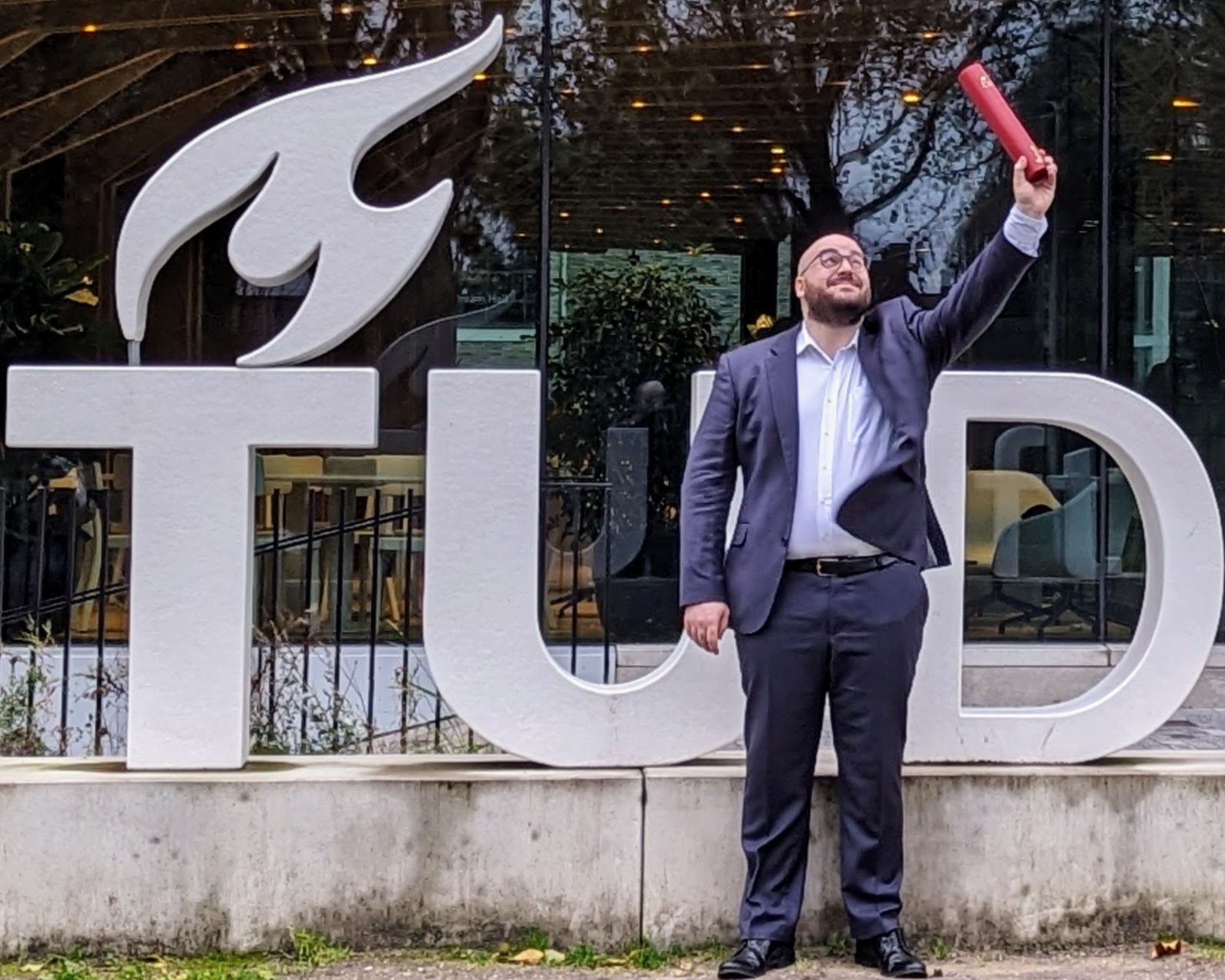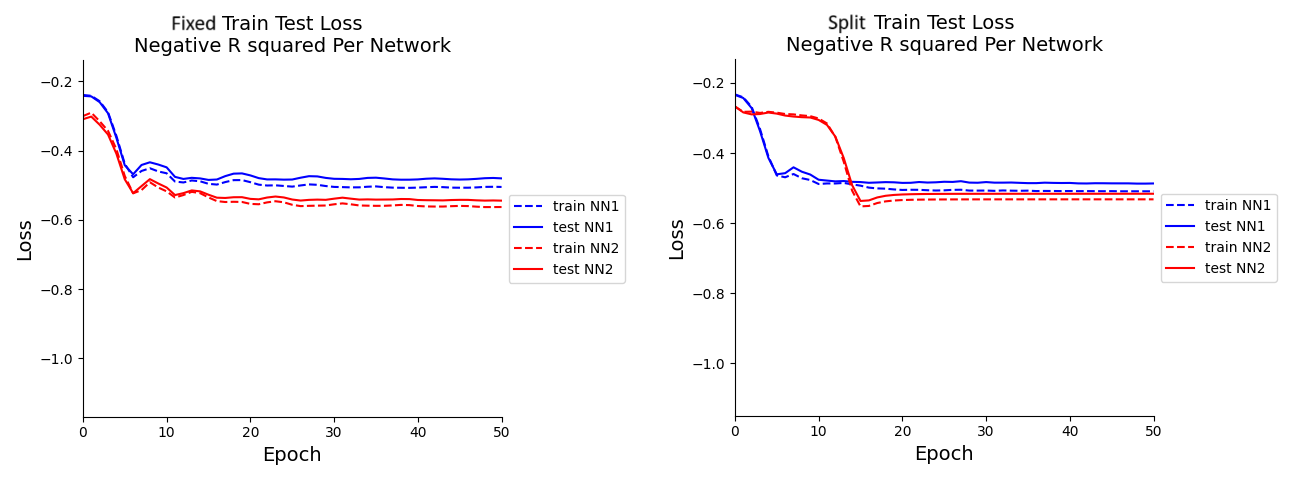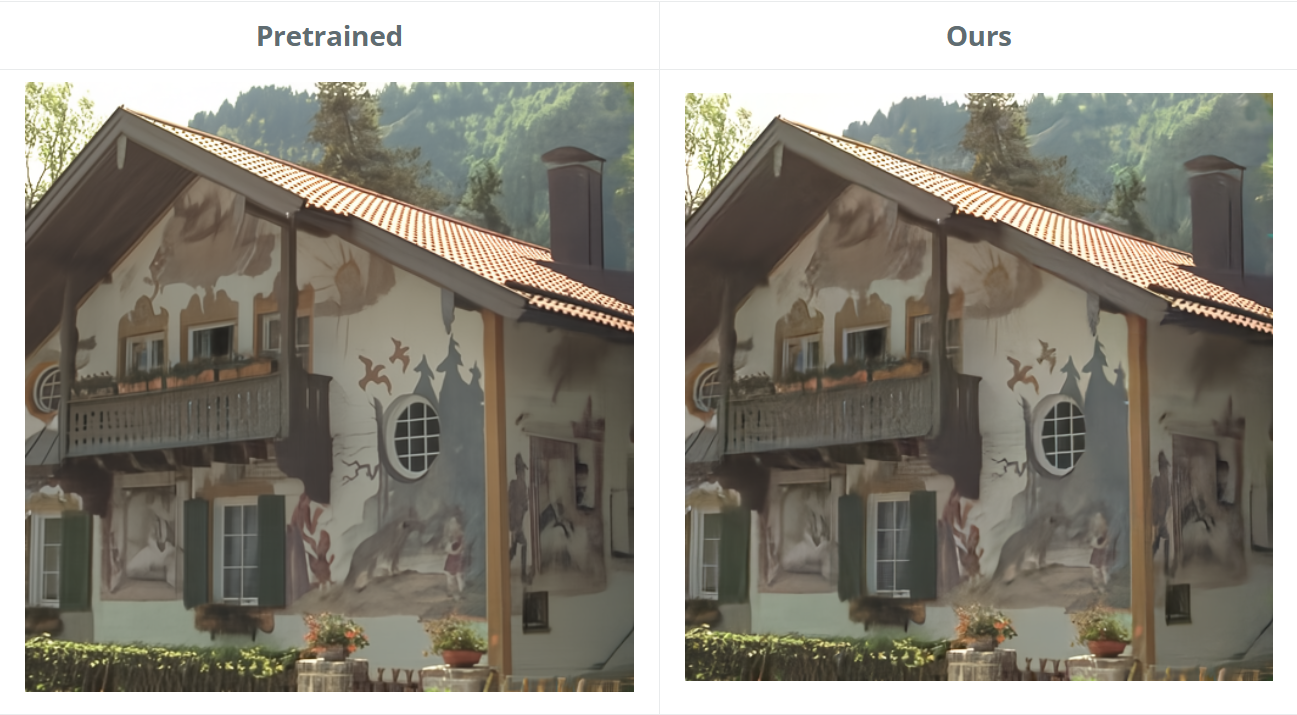About me

Hi there, I'm Jonathan! A curious person by nature, driven to leave an impact that matters.
I have recently graduated from TU Delft, specialising in Artificial Intelligence, and I am excited to rejoin the workforce. My work experience shows that I take responsibility, work well in team and individual settings, and manage my time efficiently. Throughout my studies and previous work experience, I have developed a strong interest in Data Science and Machine Learning.
When unwinding, you can usually find me playing basketball with friends or trying to capture the world's beauty through my camera. If you want to learn more, please read ahead or get in contact.
Request a Resume


